How expensive is owning a dog?
Pets

Audio By Carbonatix
By Eliza Siegel, Stacker

How expensive is owning a dog?
If you’ve considered adopting a dog during the coronavirus, you’re not alone. Adoption rates for dogs and cats have skyrocketed over the course of 2020 and 2021 as people spend increasingly more time at home. A report by Rover.com, the dog walking and boarding app, found that 93% of people who adopted pets during the pandemic experienced improved physical and mental health.
Adopting a dog is not a decision to make lightly, however. The time, energy, and financial commitments must be taken into consideration when deciding if adopting a dog is the right choice for you. To understand how expensive owning a dog is, ManyPets analyzed data from a 2020 survey conducted by TD Ameritrade/Harris Poll among 474 dog owners with at least $10k in investable assets. The survey provided a breakdown in dog ownership costs by category as well as generation. ManyPets ranked these categories by the average spent across all three generations—millennials, Generation X, and baby boomers.
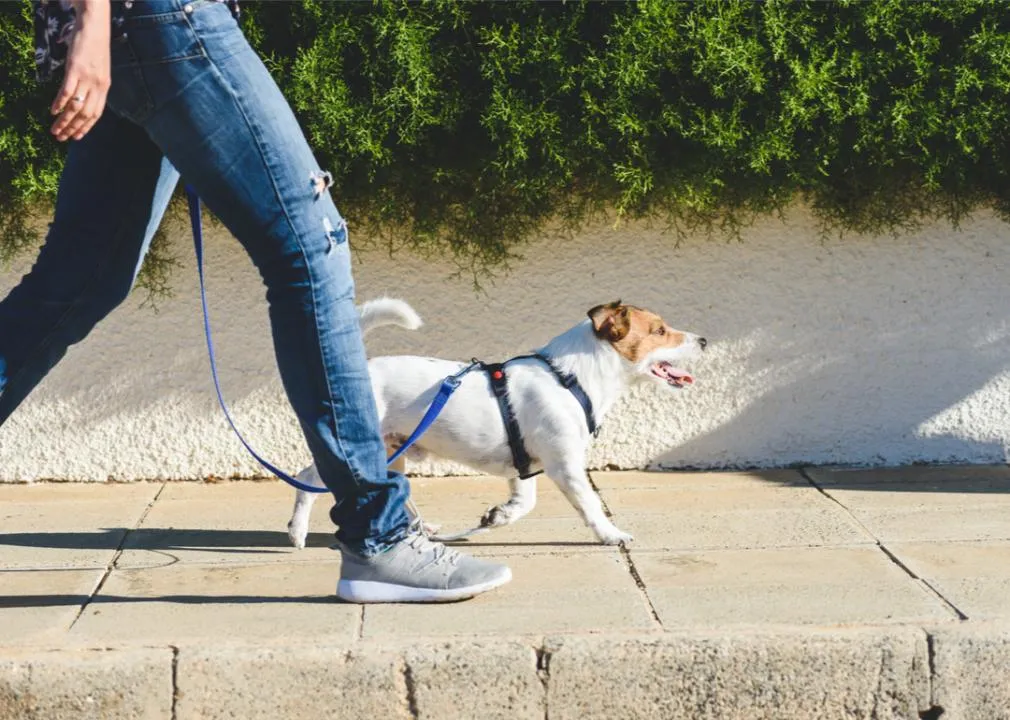
#10. Dog walking
- Annual average: $17
--- Millennials: $24
--- Gen X: $25
--- Baby boomers: $1
Walking your dog for at least 10 minutes daily has important health benefits—including exercise, mental stimulation, and socialization—for both dogs and people. While the pandemic has more people working from home than ever before, which allows pet owners to take their dogs out for a midday walk or bathroom break, this isn’t possible for everyone. The success of dog-walking apps like Rover and Wag, last valued at $1.350 billion and $650 million respectively, demonstrates that dog owners take dog walking seriously. These services don’t come cheap, however. A 30-minute walk by a Rover walker will run you about $15, while a 30-minute Wag walk costs about $20. Expect to spend between $300 and $400 a month on this service if you’re out of the house all day.
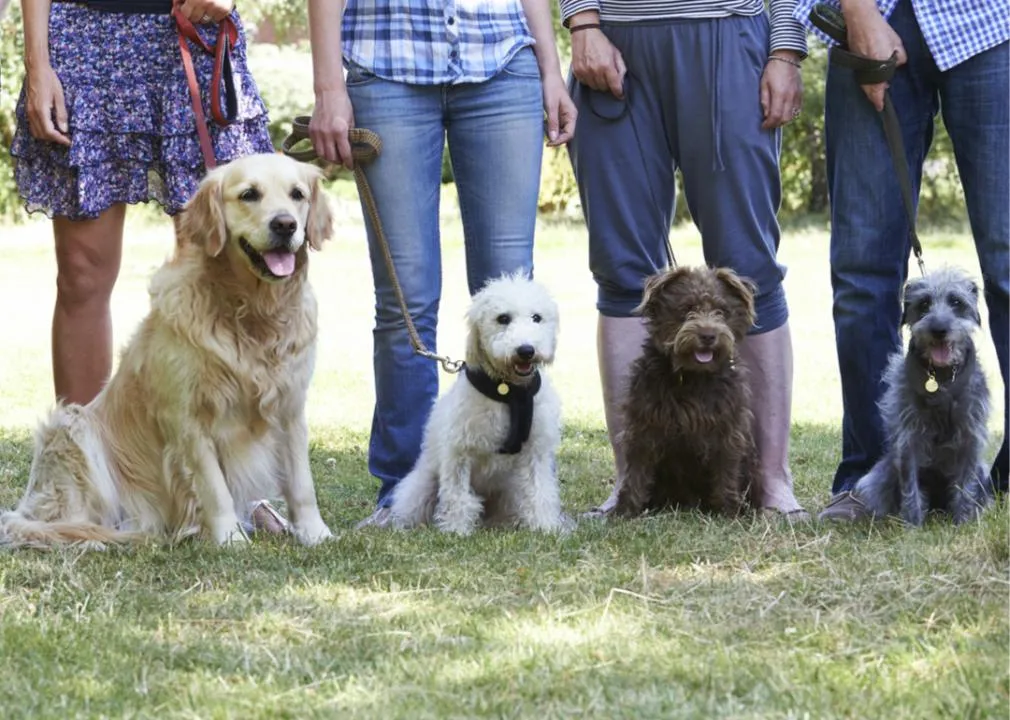
#9. Training
- Annual average: $38
--- Millennials: $78
--- Gen X: $19
--- Baby boomers: $12
Despite consensus that training is mutually beneficial to dogs and their humans, only around 4% of dog owners took their pets to training classes as of 2015. Training is important for a number of reasons, including building trust between dogs and owners, providing dogs with mental stimulation through skill-building, and increasing quality of life for all involved. There are a wide array of dog training options, ranging from at-home positive reinforcement methods, to online training courses, public training classes, and hiring a personal trainer to work with your dog. The benefits of at-home or online training include affordability and flexibility, but these methods can go awry if training is inconsistent or your dog needs more specialized attention. Taking your dog to training classes has the added benefit of socializing your pup with other dogs and people, but can cost between $100–$200 for a six- or seven-week class. Hiring a personal trainer is the most costly option, running anywhere from $75–$300 an hour.
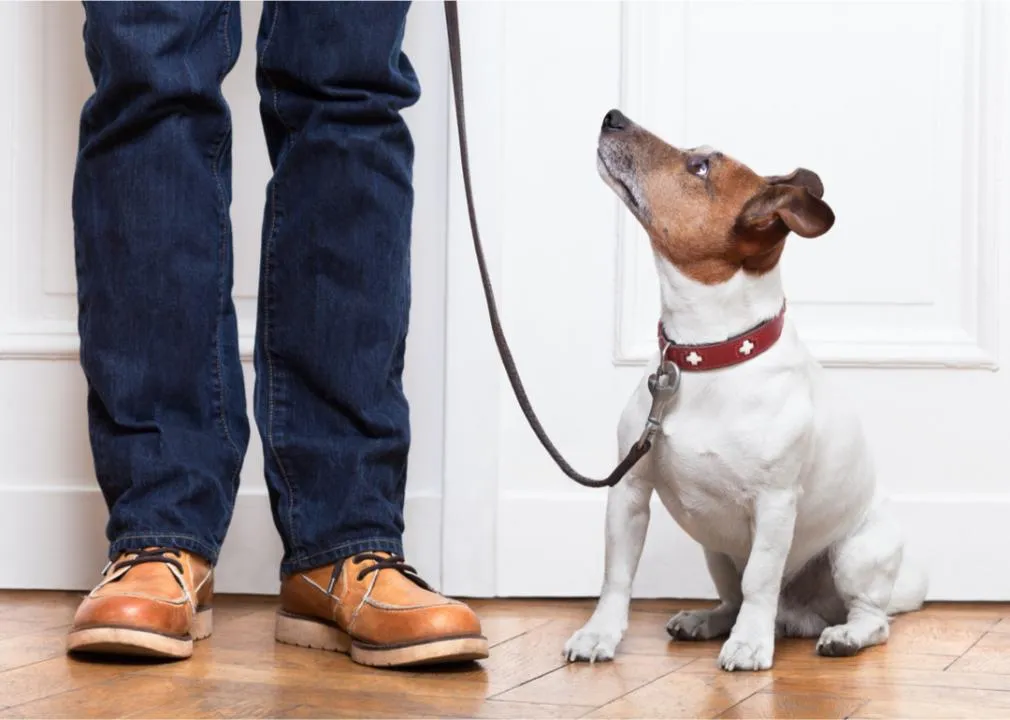
#8. Kenneling/day care
- Annual average: $48
--- Millennials: $33
--- Gen X: $84
--- Baby boomers: $33
Day care is another option for dog owners who spend long hours out of the house, while kenneling comes in handy when you need to go on a trip and can’t bring your dog along with you. Some owners simply want their dogs to enjoy the company of canine friends, and send them to doggy day care even when they’re not away from home. Dog day care services cost between $12 and $38 per day, but not all services are created equal. It’s important to make sure the service requires proof of your dog’s vaccination, has a clean facility, and that there are enough staff members to manage the number of dogs at the facility. There are lots of options for kenneling besides traditional kenneling, including boarding your dog at the vet, lodging your dog at a pet hotel, or using an in-home boarding service like Rover. Veterinarian boarding and more traditional kenneling usually costs between $20–$60 per night, while Rover and other boarding apps cost around $20–$40 per night. For a truly fancy experience at a dog hotel, expect to pay in the hundreds of dollars.
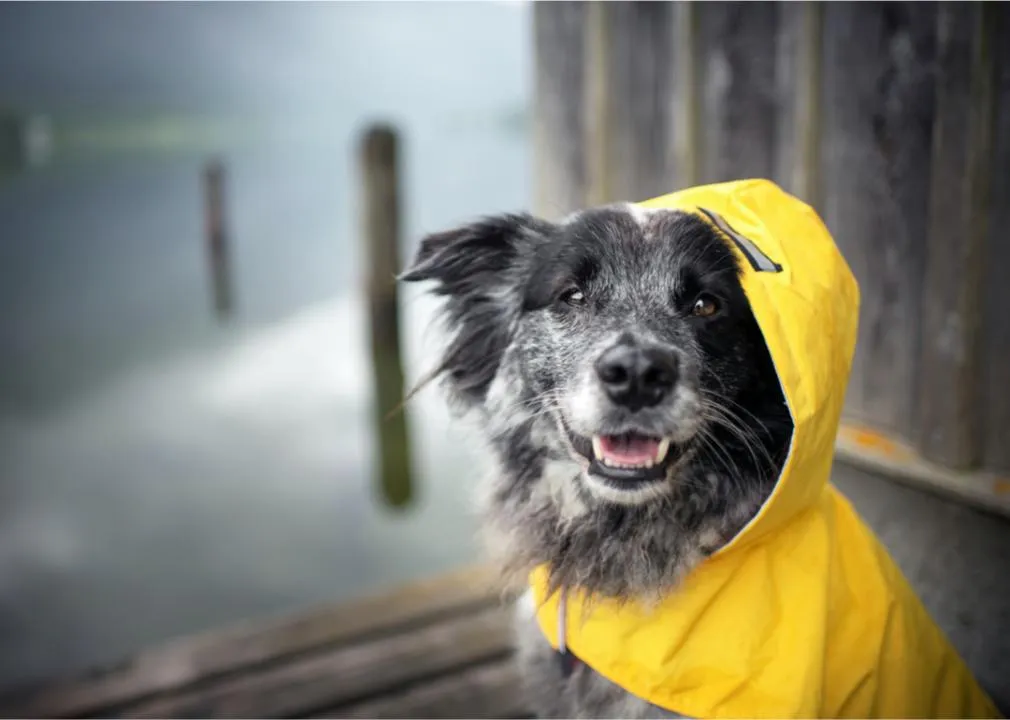
#7. Clothing/accessories
- Annual average: $59
--- Millennials: $102
--- Gen X: $59
--- Baby boomers: $9
According to Forbes, buying clothes for dogs is gaining in popularity, particularly among millennials. The market for dog clothes has grown so much that luxury designer brands like Moncler Genius and Hemsmith have branched into the territory of dog couture, selling dog T-shirts, hoodies, and even puffer jackets for hundreds of dollars. There is some disagreement about whether dressing up dogs is acceptable or not. According to dog cognition researcher Alexandra Horowitz, dogs may experience being dressed up a little bit like humans would experience walking around publicly in the nude. While dogs may receive extra attention and affection while wearing clothes, it may not be an altogether comfortable experience for them. There are moments where clothes are appropriate, and even helpful, however. In cold weather, short-haired dogs might benefit from sweaters or coats. Booties can also help to protect dogs’ feet from icy and salty streets.
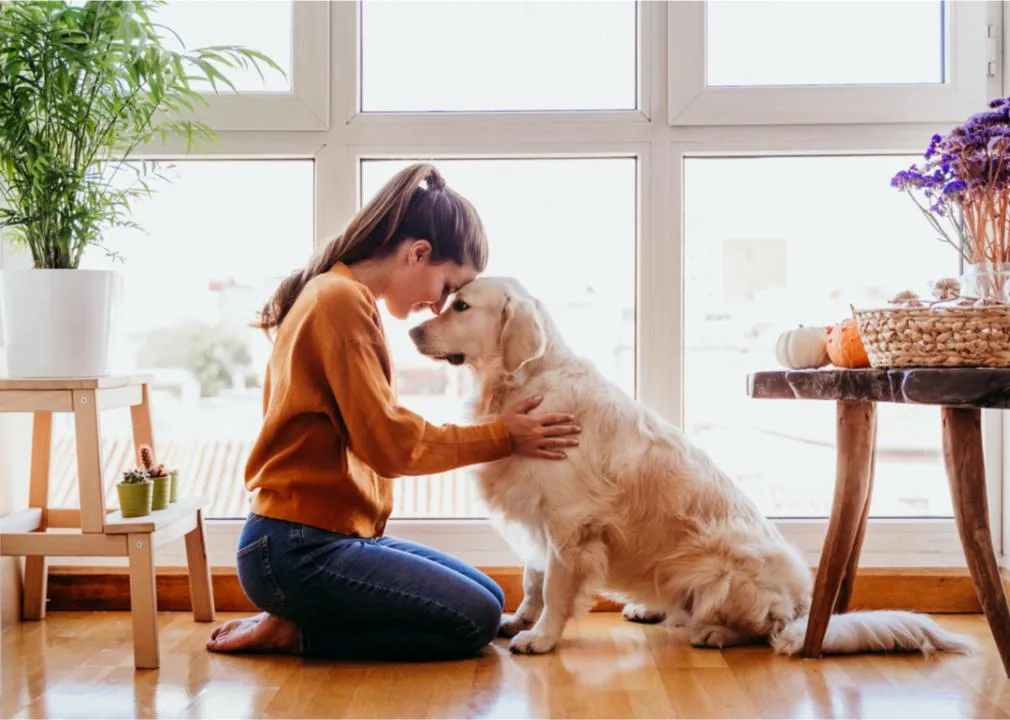
#6. Pet insurance
- Annual average: $62
--- Millennials: $69
--- Gen X: $98
--- Baby boomers: $18
In recent years, more dog owners have been utilizing pet insurance to help mitigate vet costs. According to the 2019–2020 American Pet Pet Products Association’s National Pet Owners Survey, a routine vet visit for a dog costs roughly $212, while a surgery could cost $426. The cost of policies vary based on what kind of coverage you’re seeking. In 2019, the typical yearly premium for accident and illness coverage for a dog was roughly $585. For less comprehensive coverage, it could cost around $200.

#5. Gifts/splurge items
- Annual average: $63
--- Millennials: $62
--- Gen X: $97
--- Baby boomers: $34
Gifts for dogs often fall under the toy category. While dog toys may seem frivolous, they are actually crucial to dogs’ health and well-being. According to the Humane Society, toys help dogs fight boredom, serve as instruments of comfort, keep dogs active and engaged, and even prevent annoying habits like chewing on furniture or other household items. The market for dog toys and other gifts has grown. Over half of millennials buy their pets gifts once a month or more. Perhaps just as often, dog gifts are more geared toward owners than the dogs themselves, such as dog DNA tests and personalized merchandise.

#4. Supplies
- Annual average: $109
--- Millennials: $119
--- Gen X: $127
--- Baby boomers: $75
Being a dog owner means being prepared for all aspects and eventualities of caring for your dog. This means having a somewhat extensive list of supplies on hand. Dog beds, leashes, harnesses, collars, crates, food and water bowls, and poop bags are just some of the necessary supplies you’ll need. It can be quite the investment. As with everything, you get what you pay for. Some beds or leashes might be more expensive initially, but if they’re more durable than cheaper options, it may keep you from having to replace them more frequently, saving you money in the long run.

#3. Grooming
- Annual average: $122
--- Millennials: $121
--- Gen X: $153
--- Baby boomers: $98
Grooming is another important component of maintaining your dog’s health. Dogs have different grooming needs depending on the breed, and long-haired breeds typically need more attention in this department. This is not to say that short-haired dogs do not require grooming, however. Brushing is healthy across all breeds, as it removes dead hair and dirt, as well as distributes the natural oils in your dog’s fur to keep the coat healthy. Other aspects of grooming, like ear cleaning and nail trimming, are useful opportunities to check your dog for ticks or fleas, issues with nails or teeth, and other abnormalities. Taking your dog to a groomer will typically cost between $30 and $90, depending on the size and breed of your dog, as well as which services you employ.

#2. Vet care/vaccinations
- Annual average: $241
--- Millennials: $229
--- Gen X: $253
--- Baby boomers: $247
How frequently you take your dog to the vet will depend on its age and general health. After the first year or two, your pup will likely be okay with a yearly check-up. Puppies and older dogs, on the other hand, will need more attentive care. Puppies require a host of vaccinations, including heartworm, canine distemper, rabies, and parvovirus. You may also want to neuter or spay your dog, a service that is often offered at low cost by clinics and American Society for the Prevention of Cruelty to Animals locations. Older dogs may need more frequent visits to the vet to ensure all is well and maintain all of the vaccinations yearly.
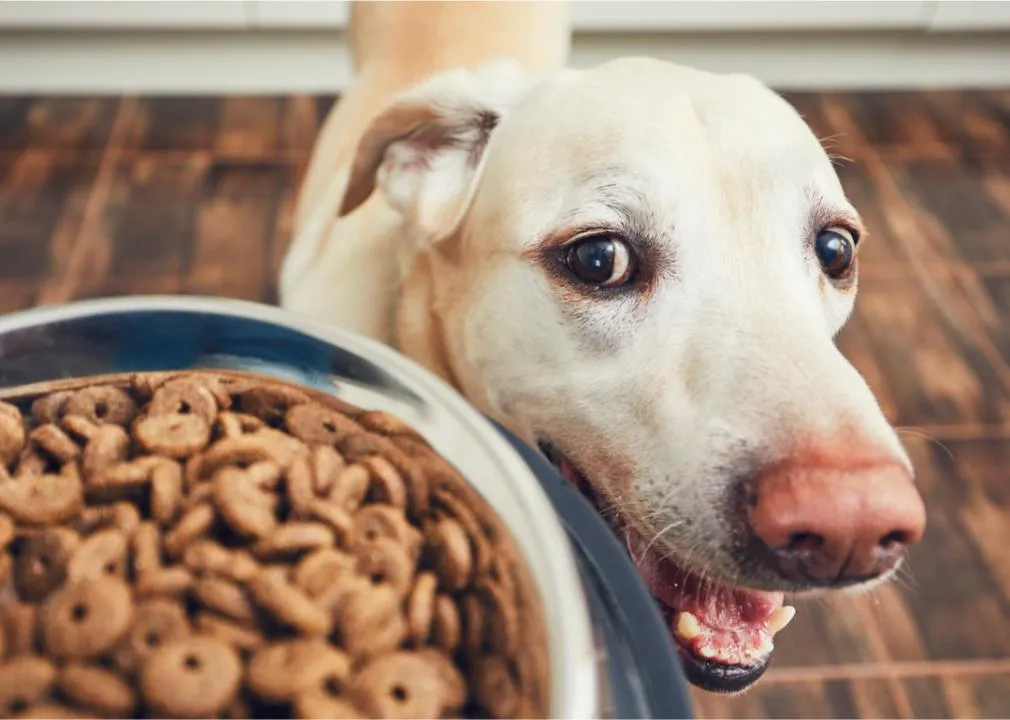
#1. Food
- Annual average: $442
--- Millennials: $382
--- Gen X: $530
--- Baby boomers: $417
There is a lot of controversy and debate in the dog-owning world surrounding dog food. Which types are actually healthy for dogs, which kinds contain harmful ingredients, and what are those harmful ingredients? In early August, several brands of dog food were recalled by the Food and Drug Administration for potential harmful mold contamination. Consumer’s Advocate weighed in on the firestorm after researching dozens of brands and varieties by choosing not to recommend a single brand of dog food. Some dog owners choose to stick by the traditional and affordable diet of dry kibble and canned wet food, while others are enthusiastic about new types of fresh, and much pricier, dog foods. The age of the subscription delivery service has not left dog food untouched, either, with brands like the Farmer’s Dog and Nom Nom tailoring fresh food orders directly around your dog’s needs and preferences. For these reasons, the annual price of dog food could be anywhere from $200 to roughly $4,800, depending on your preferences.

Total
- Annual average: $1,201
--- Millennials: $1,219
--- Gen X: $1,445
--- Baby boomers: $944
The total annual cost of dog ownership will vary based on many factors: the age and general health of your dog, breed, gender, how much time you have, and even when you adopt. Additional costs could crop up if you rent an apartment and need to pay a pet deposit, as well as the cost of adoption from a shelter or purchase from a breeder. Owning a dog is an investment of both money and time, but the 63.4 million American dog-owning households would likely argue it’s worth it.
This story originally appeared on ManyPets and was produced and distributed in partnership with Stacker Studio.

























